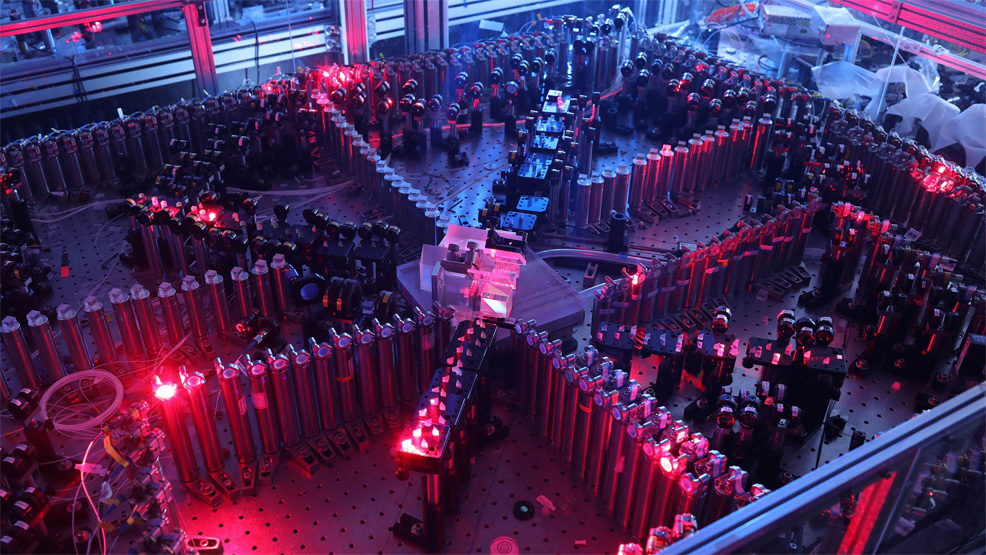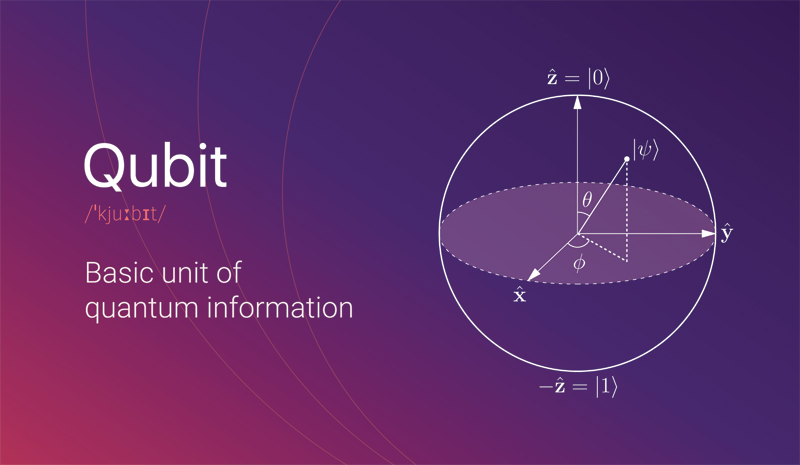
5th December 2020 China claims quantum supremacy Chinese researchers claim to have achieved quantum supremacy, using a 76-qubit system known as Jiuzhang, which performed calculations at 100 trillion times the speed of classical supercomputers.
Quantum supremacy is defined as the point in time when progress in quantum computing leads to a programmable quantum device, able to solve a problem that no traditional (i.e. "classical") computer can overcome in any feasible timescale. Google published details of its 53-qubit 'Sycamore' processor in October 2019, announcing that it had reached this milestone. However, rival IBM disputed the company's claim, saying that an improved classical algorithm could solve the same problem in two and a half days on a traditional supercomputer. Now, a team from the University of Science and Technology of China, located in the eastern city of Hefei, appears to have demonstrated unambiguous proof of quantum supremacy. Their prototype machine, named Jiuzhang (after the ancient Chinese mathematics text), is based on photons that travel through a series of optical circuits, guided by mirrors. In terms of running different calculations, the new system is less easily reprogrammable than Google's Sycamore, with settings effectively "hard coded" into the optical circuits. However, Jiuzhang can manipulate up to 76 quantum bits – or qubits – with extremely powerful results. It also has the advantage of being able to function at room temperature, while Sycamore must operate at close to absolute zero. The Hefei team, led by renowned Chinese physicists Pan Jianwei and Lu Chaoyang, chose Gaussian boson sampling (GBS), a classical simulation algorithm, as a highly efficient way of proving quantum computational speed in solving well-defined mathematical problems. The Jiuzhang machine worked with these enormous numbers and found solutions within 200 seconds. For comparison, this same task would take around 2.5 billion years for Sunway Taihulight, China's current most powerful supercomputer (the world's fourth fastest).
In other words: if you left both computers running together at the start of the Great Oxidation Event – a time in Earth's history when its atmosphere first underwent a rise in oxygen, during the early Proterozoic era – Jiuzhang would have finished its work after three and a half minutes. Sunway Taihulight, meanwhile, being a classical computer, would still be running the algorithm today (assuming the machine hadn't physically degraded during that time). "Although Jiuzhang and Sycamore are designed to handle different tasks, computational speed can be regarded as the most important indicator of advancement," said Professor Chaoyang, in an interview with Chinese newspaper, Global Times. He cited a Chinese saying: "in the world of kung fu, speed defines the winner." "This is the first time that quantum advantage has been demonstrated using light or photonics," said Christian Weedbrook, Chief Executive of quantum computing startup Xanadu in Toronto, Canada. "This is certainly a tour de force experiment, and an important milestone," said Ian Walmsley, a physicist at Imperial College London, who added that the Chinese team's claim of quantum supremacy is "convincing." Recognising the importance of this field, the Chinese government is building a $10 billion National Laboratory for Quantum Information Sciences. This could enable many practical applications of quantum computing in the 2030s and beyond. The University of Science and Technology of China's latest breakthrough is described this week in peer-reviewed journal Science.
--- Follow us: Twitter | Facebook | Instagram | YouTube
Comments »
If you enjoyed this article, please consider sharing it:
|








